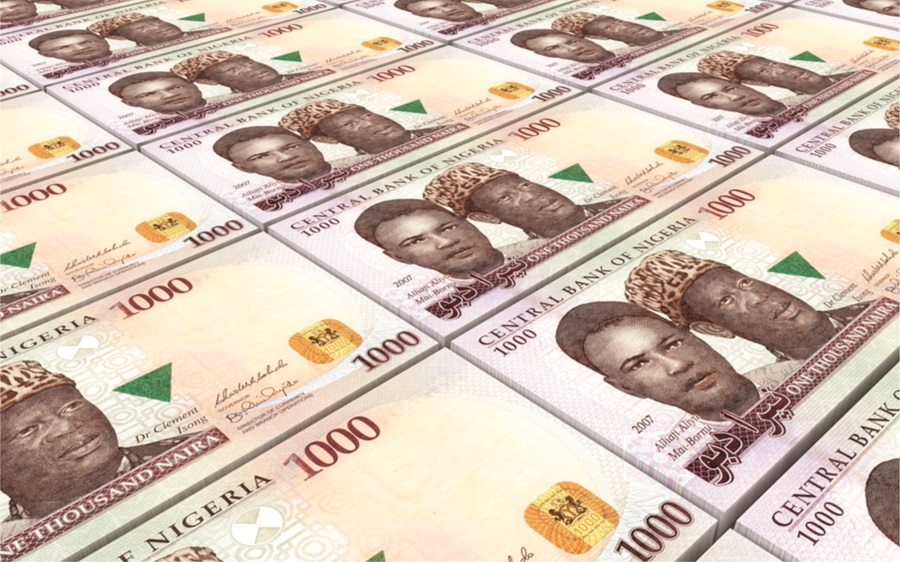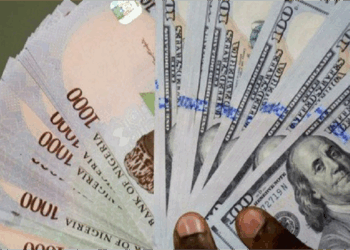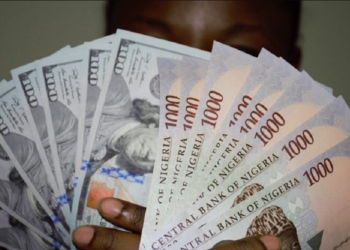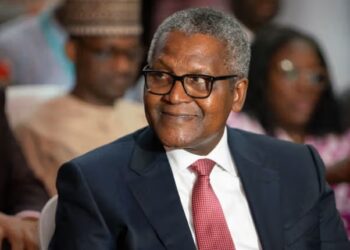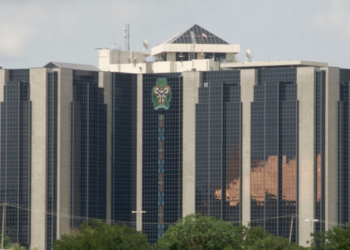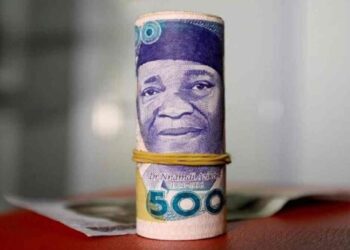Concerns about the government’s continuous borrowing have raised legitimate questions around how the Federal Government and Central Bank of Nigeria can intervene with Fiscal and Monetary policies respectively to finance the economy. As such, there has been much pressure on the Central bank of Nigeria to do more to rescue the economy as the government focuses on loans to finance expenditures.
The curious case of the government’s ability to print money is one of the most divisive and debated issues in the economic polity. With the bulk of financing the economy at the discretion of the Central Bank, there are different ways and means the Apex bank can stimulate the economy in times of distress. One of such ways is “printing money.”
From the mention of the phrase “government and printing money,” eyebrows are raised. Everyone frowns at it, as over the years, it has been given bad economic PR. It is one of those platitudes that people do not bother debating as the general discourse of it is negative.
But is printing money as bad as it sounds?
Not quite. At some point in our lives, we all wished we had some money printer somewhere in our closet. So the Central Bank in possession of something we all desire should not be disastrous after all – unless the government is abusing the use of this money printer.
Which begs the question – what exactly is money printing?
Money printing is not exactly what it sounds like. In fact, in some cases, no money note is printed. With a few strokes on a computer, the Central bank can create naira out of nothing, virtually “printing” money and injecting it into the commercial banking system, much like an electronic deposit.
All the money we have in Nigeria is not in cash. Hypothetically, the CBN can create N5 billion and only about N500 million out of it can be in cash.
Money printing can take different pathways. It can be either through money creation to increase the money supply, debt monetization through financing the government by borrowing from the central bank – in effect creating new money, security printing as applied to banknotes “paper money,” and Quantitative easing – a process where a central bank, uses their cash reserves to purchase existing government bonds, in order to pump money directly into the financial system.
The “creation of money” for the government by the Central bank is normal. One of the principal functions of the Central Bank of Nigeria is to serve as a banker and financial adviser to the Federal government. To perform this function, the CBN acts as a lender of last resort to the Federal Government.
So why can’t the Nigerian government just print money to solve her problems?
The general response to this question is “inflation.”
Historically, when countries have simply printed money it leads to periods of rising prices and often, this means everyday goods become unaffordable for ordinary citizens as the wages they earn quickly become worthless. Businesses will respond to demand by lifting prices and this is why we do not have money printers in our closets. This scenario can appear catastrophic without context.
But context is everything. The case of the government printing money is never simple or clean cut. In cases of serious recession, demand falls so much that it is possible to increase the money supply without creating inflationary pressure.
Let’s consider the quantity theory of money MV=PT.
So where V, the Velocity of circulation falls in a recession, we may need to increase money supply just to avoid deflation. Usually, printing money causes inflation. But, in periods of falling velocity of circulation (the number of times money changes hands), printing money doesn’t necessarily cause inflation. The pandemic has caused a fall in the velocity of circulation.
Earlier in the year, the Edo State governor, Godwin Obaseki, made a claim that the Central Bank printed about N60 billion to augment Federal Account Allocation Committee (FAAC) subvention to states. The Central Bank Governor countered the claim as spurious but was coy on if any printing was done previously. But from a few lines in the Central bank Governor’s statement, we could see the devil in the details.
“What I keep saying is that it will be irresponsible for the CBN or any other federal reserve bank to stand idle and refuse to support its government at this time,” the CBN governor said.
While we make deductions from that statement, let’s cross over to the United States of America.
The United States, just like Nigeria, is in a squid game of debt but has enough resources to make it out alive. The United States issues arguably the strongest currency in the world, taxes the wealthiest people in the world and owns treasury securities that are in demand worldwide, largely because they are backed by the “full faith and credit” of the U.S. government.
Recently, the Government just raised the debt ceiling as it needs more room to raise money to fulfil payment obligations. In the United States, Quantitative easing has some economists and doomsayers uneasy.
In a response to questions about the Fed’s money printing to keep the markets functioning – the Fed Chair Jerome Powell said that the measures have helped market conditions improve “substantially” and experts say without these and the Fed’s other emergency measures, the economy would have crashed already.
Where is the middle ground on money printing?
Now we have to marry the positives of money printing and “inflation” fears. We live in uncertain times and while the Nigerian government is still recovering from the damaging effects of a pandemic that is still out there, it is prudent to view money printing as “contingency planning.” The government has an obligation to achieve macroeconomic objectives – albeit responsibly.
The only way to clamp down on the potential inflation from money printing is through an increase in economic activity to be commensurate with the amount of money that is created. An increase in output will increase the number of goods in the markets and that would counter the “too much money chasing too few goods” narrative of inflation.
This is where the Federal Government comes in. If the government wants the carte blanche of printing money, there has to be economic activities to bridge the gap of money supply and demand.
To do this, the Government has to find a way of increasing economic activities through policies and schemes to get people working and producing. The ripple effect of this would lead to companies and industries expanding, where tax generation would increase and a more organic way of creating money would spur economic growth.
The Finance Minister, this week reported that the Federal Government has generated 73% of targeted revenue so far from 2021 and in the first 8 months of the year, the Federal Government has spent 74% of revenue servicing debt. Nigeria’s public debts need to be addressed. If public debt increases arithmetically, revenue has to increase exponentially. That is how the country can curb unhealthy debts.
Speaking of debts, states need to pay up the loan created by the Central Bank a few years ago. The N614 billion credit facilities given to states in budget support and bailouts to enable them pay salaries in the past cannot be swept under the carpet. State governments need to do more in internal revenue generation through state-coordinated economic activities.
As long as the money printing option is still open, we should keep an eye on the total debt-to-GDP ratio (currently less than 35%) to see the long-term effects of money supply so as to not risk reducing the value of the domestic currency. Nigeria has to find a “sustainable” fiscal path so that the nation’s debt does not overrun the economy.
Disclaimer: This article does not aim to implore the Nigerian government to throw money to solve her economic problems but seeks to broaden the discussion on the perception of money printing by the government. Limiting it to just an economic ill would be a disservice to financial science debates.

